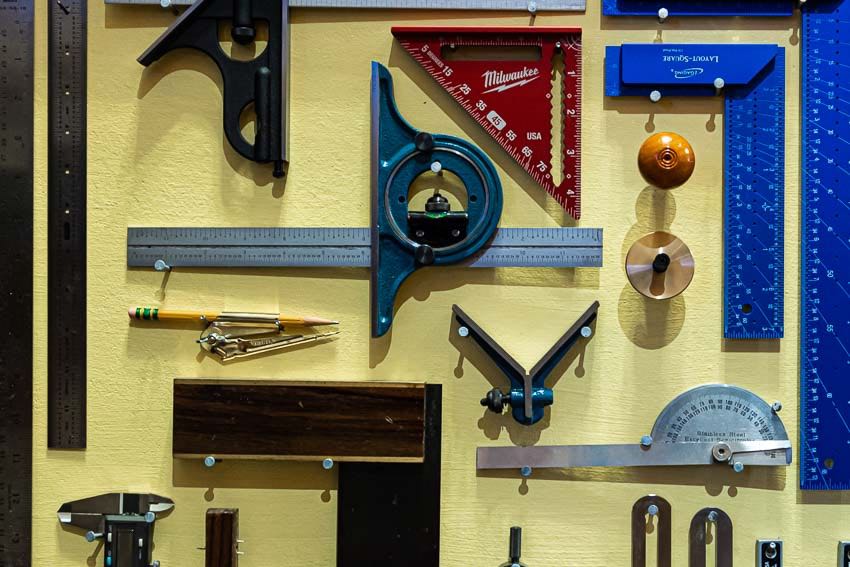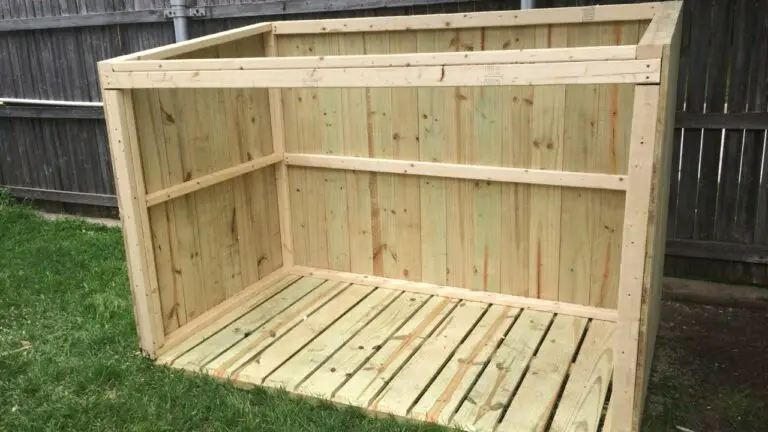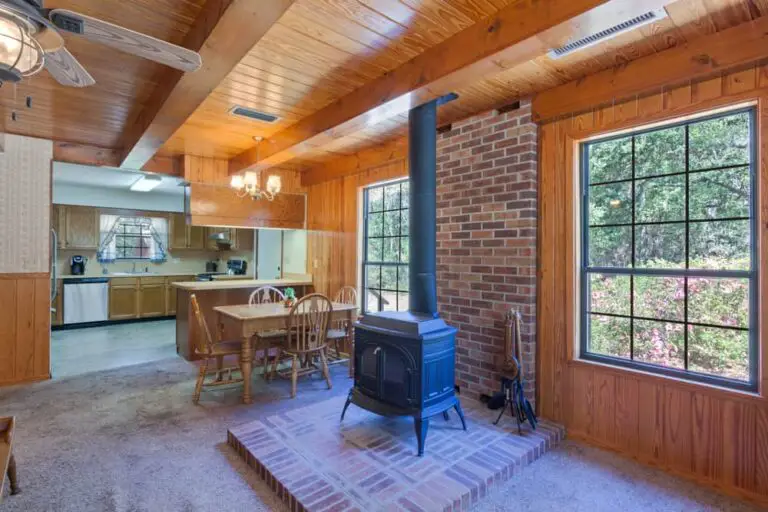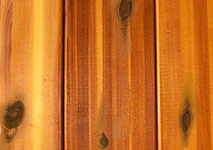What Tape Sticks to Wood : The Ultimate Guide
Whether you are a professional woodworker or a DIY enthusiast, finding the right tape that sticks to wood is crucial for successful and efficient projects. With so many types of tape available in the market, it can be overwhelming to determine which one is best suited for your specific woodworking needs. In this guide, we will explore the different types of tape that adhere well to wood and provide tips for choosing the right tape for your woodworking projects.
The Importance of Choosing the Right Tape for Woodworking
Using the right tape is essential for woodworking projects for several reasons:
- Secure Bond: The tape should provide a secure bond to wood to ensure that the pieces being held together do not move or shift during the woodworking process.
- Surface Protection: Some tapes also serve to protect the wood surface from damage during cutting, drilling, or sanding.
- Clean Removal: When the tape is no longer needed, it should be easy to remove without leaving residue or damaging the wood.

Credit: www.protoolreviews.com
Types of Tape that Stick to Wood
There are several types of tape that are known for their ability to adhere well to wood surfaces:
| Tape Type | Features |
|---|---|
| Painter’s Tape | Low-tack adhesive that is easy to remove without damaging the wood surface. Ideal for masking off areas during painting or finishing. |
| Double-Sided Tape | Provides a strong bond between two surfaces. Ideal for temporarily holding pieces of wood together during assembly. |
| Masking Tape | Similar to painter’s tape but with a slightly higher tack. Suitable for temporarily securing items to wood surfaces. |
| Duct Tape | Known for its strong adhesive properties, duct tape can be used for securing items to wood, although it may leave residue when removed. |
| Carpenter’s Tape | Specifically designed for woodworking projects, carpenter’s tape provides a strong hold and clean removal, making it ideal for securing joints or pieces of wood during construction. |
Choosing the Right Tape for Your Woodworking Projects
When selecting the right tape for your woodworking projects, consider the following factors:
- Adhesive Strength: Depending on the application, you may need a tape with low, medium, or high adhesive strength.
- Surface Finish: Consider whether the tape is safe to use on the particular finish of your wood, especially if it is stained or painted.
- Removability: If you require the tape to be easily removable without leaving residue, opt for tapes designed for clean removal.
- Intended Use: Different types of woodworking projects may require different types of tape. For example, masking tape or painter’s tape may be suitable for finishing work, while double-sided tape may be ideal for temporary holds during assembly.
- Longevity: Consider how long the tape needs to hold the pieces together. Some tapes are designed for short-term use, while others provide long-lasting bonds.
Frequently Asked Questions For What Tape Sticks To Wood : The Ultimate Guide
What Kind Of Tape Is Best For Wood Surfaces?
Using painter’s tape or double-sided tape is best for wood surfaces as it provides secure adhesion without causing damage.
How Does Masking Tape Perform On Wooden Surfaces?
Masking tape is perfect for protecting wood surfaces during painting or staining, providing clean lines and easy removal.
Can You Use Duct Tape On Wood?
Yes, duct tape can adhere to wood surfaces effectively, making it a versatile option for temporary fixes and quick repairs.
What Is The Best Tape For Outdoor Wood Projects?
Opt for outdoor painter’s tape, designed to withstand varying weather conditions and adhere securely to wood surfaces.
Conclusion
Choosing the right tape that sticks to wood is essential for the success of your woodworking projects. By considering factors such as adhesive strength, surface finish, removability, intended use, and longevity, you can select the most suitable tape for your specific woodworking needs. Whether you are working on a small DIY project or a large woodworking undertaking, having the right tape on hand will contribute to the efficiency and quality of your work.
Remember to always test the tape on a small, inconspicuous area of the wood surface before full application to ensure compatibility and proper adhesion.





